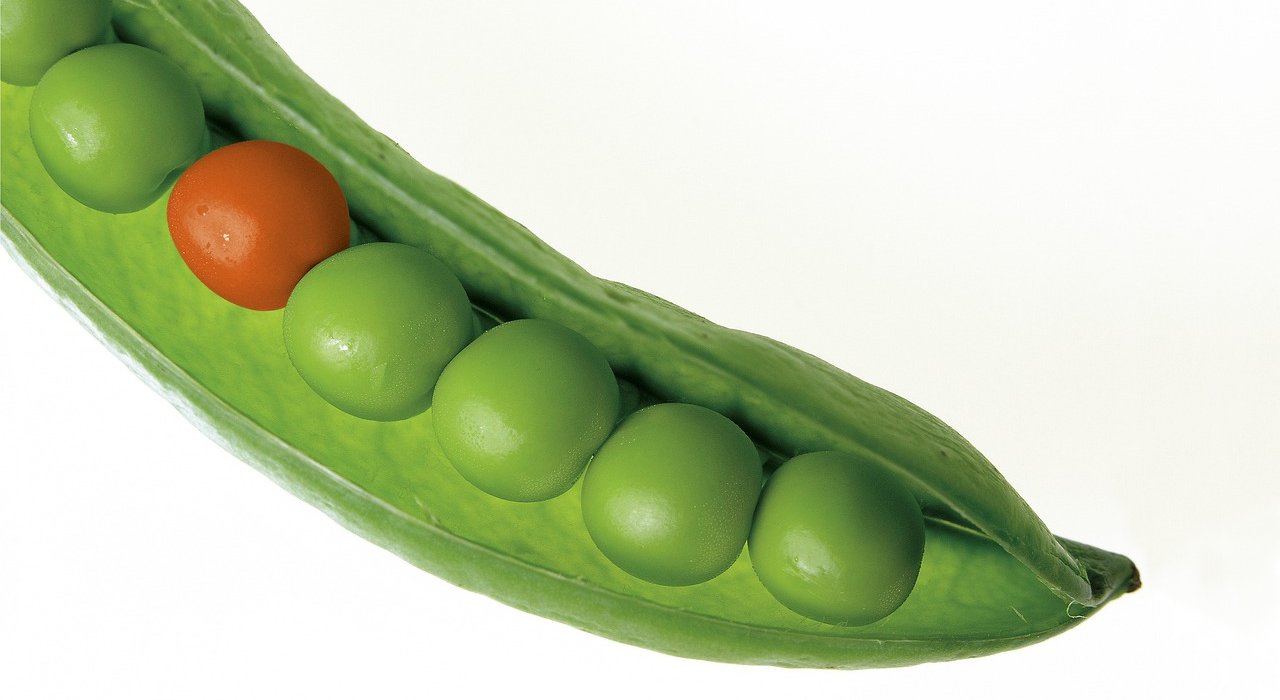
In Ex parte Makarova (Appeal No. 2022-002730), the examiner rejected the claims as obvious based on a combination of references. The PTAB reversed, finding important differences between two references suggesting they should not be combined in the way proposed by the examiner.
Independent claim 1 recited:
A microfilter comprising:
a single polymer layer formed from an epoxy-based negative photo-definable dry film, wherein the single polymer layer has a flexibility to be disposed on a roll and unrolled; and
a plurality of apertures formed by exposing the single polymer layer to a UV light via an optical mask to obtain a selected shape of said apertures based on said mask, each of said apertures extending through the single polymer layer having said flexibility,
said single polymer layer having said flexibility forming a freestanding unattached microfilter structure with uniform thickness and having said flexibility.
The examiner found that the primary reference (Wolfe) described most of the limitations of claim 1. For example, Wolfe described a particulate filter with regularly spaced micropores, which comprised a single flexible polymer layer formed from a photo-definable dry film (MYLAR). The single polymer layer in Wolfe had flexibility sufficient to be disposed on a roll and unrolled, and its apertures were formed by exposing the single polymer layer to radiation via an optical mask. The single polymer layer also formed a freestanding, unattached microfilter structure with a uniform thickness.
However, the film in Wolfe was not an epoxy-based film, as recited in claim 1. The examiner turned to a secondary reference (DuPont) for this limitation.
The examiner found that DuPont described a flexible epoxy-based negative photo-definable dry film that had excellent thickness uniformity after hot roll lamination. The examiner found that it would have been obvious to substitute the film from DuPont into Wolfe’s system because both references related to microfabricated polymer membrane structures.
The applicant argued that such a substitution would not have been obvious. In particular, the applicant noted that DuPont’s film was “best suited for permanent applications where it is imaged, cured and left on devices” rather than being a freestanding unattached structure as recited in claim 1. Additionally, the excellent thickness uniformity after hot roll lamination in DuPont was premised on the film being laminated to a substrate, rather than being freestanding.
The PTAB sided with the applicant. The PTAB found that “because DuPont specifically indicates that its film is best used while laminated to an underlying substrate, a person of skill in the art would not have thought that film to be a substitute for Wolfe’s freestanding polymeric sheet.” The PTAB concluded that “the Examiner’s rationale as to why a person of skill in the art would have substituted DuPont’s film for Wolfe’s polymeric sheet is not adequately supported by the evidence of record.” Accordingly, the PTAB reversed the obviousness rejection.
Takeaway: Obviousness rejections often involve a primary reference describing most of the claimed elements, with a secondary reference used to fill in gaps in the primary reference. When an examiner takes the position that it would have been obvious to substitute an element from the primary reference with an element from the secondary reference, it is worth challenging that position if there is a good reason not to make such a substitution.
Judges: Housel, Best, Wilson
by Matthew Barnet
Matthew E. Barnet, Ph.D., is a patent attorney and partner at Element IP. His practice focuses on patent procurement and client counseling, including expertise in validity and infringement opinions.
